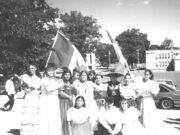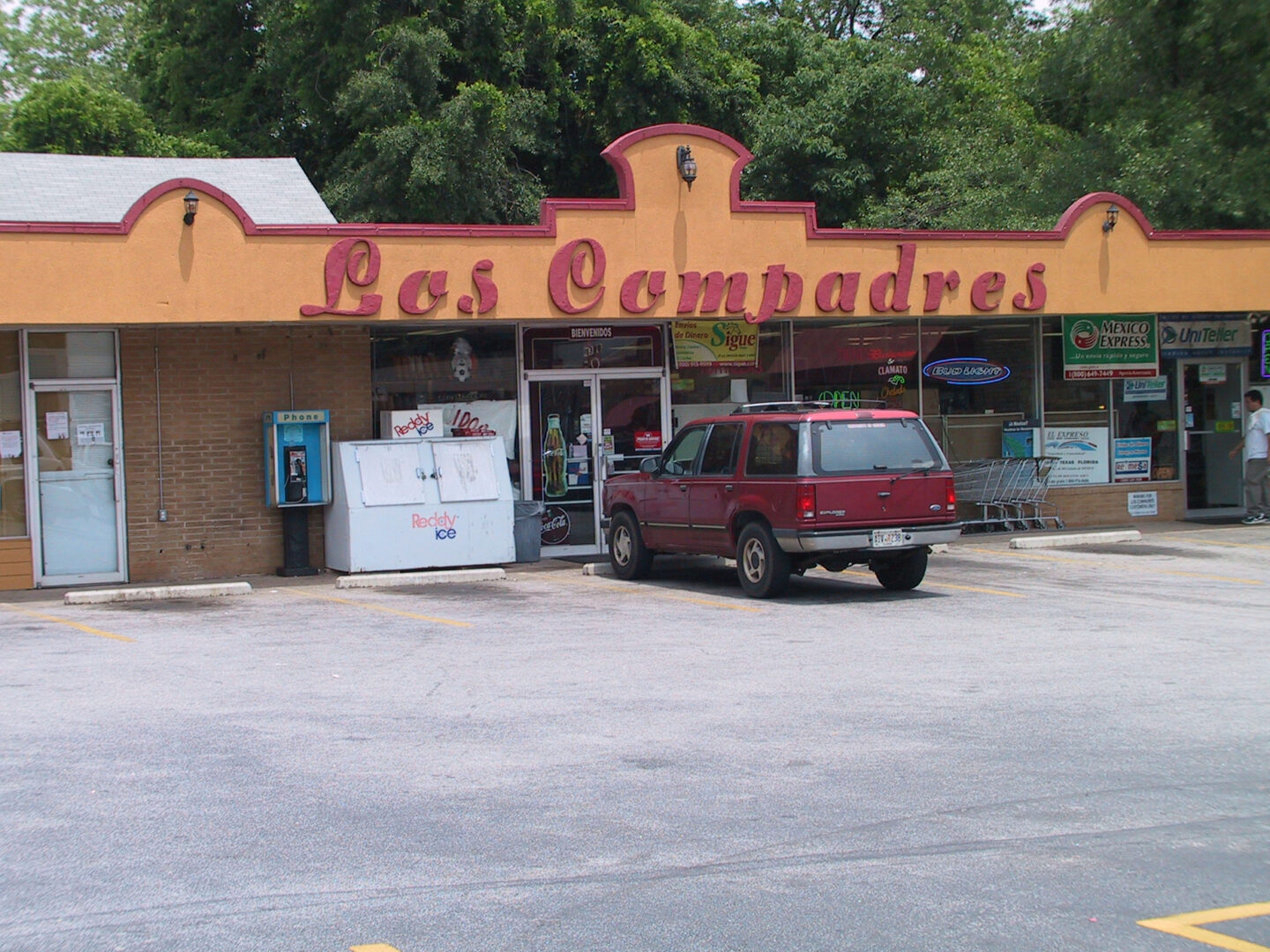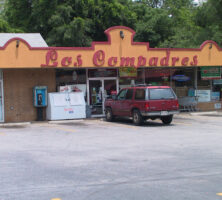Beginning in the late 1960s, Georgia, like many of its Deep South neighbors, witnessed an unprecedented wave of immigration from abroad.
In 1970 Georgia’s foreign-born population was approximately 33,000, or 0.7 percent of the total state population; in 2013 the foreign-born population totaled more than 970,000, or 9.7 percent of the population. Of the various and diverse immigrant groups that relocated to Georgia during those decades, the largest and fastest-growing group was Latino (or Hispanic, an older term that similarly refers to persons of Latin American birth or descent).

Of all recent arrivals, Latino growth has been the most dramatic: in 1980 Georgia’s Latino population was approximately 61,000, or 1 percent of the total state population. By 2013 Georgia’s Latino population had grown to more than 919,000, or 9.2 percent of the population. (This estimation may be lower than the actual figure, as the U.S. Census Bureau has had difficulty tallying undocumented immigrants.) While Georgia’s Latino population represents nearly every nation in North, Central, and South America, a large majority of the state’s Latino immigrants are from Mexico; in 2011 Mexicans accounted for 61 percent of the state’s total Latino population.
The arrival of Latino immigrants dramatically transformed Georgia’s culture, economy, and self-image. The “Latinization” of Georgia was a gradual process that evolved over several decades, influenced by factors inside and outside the state.
Early Roots, 1500-1965
Though the first Europeans to explore inland Georgia were Spaniards, the Spanish empire did not leave as lasting an imprint on Georgia as it did on Florida and much of the American Southwest. Aside from a handful of Catholic missions established along the state’s southern coast in the late sixteenth century, the Spanish legacy in Georgia was virtually undetectable by the time of the American Revolution (1775-83).
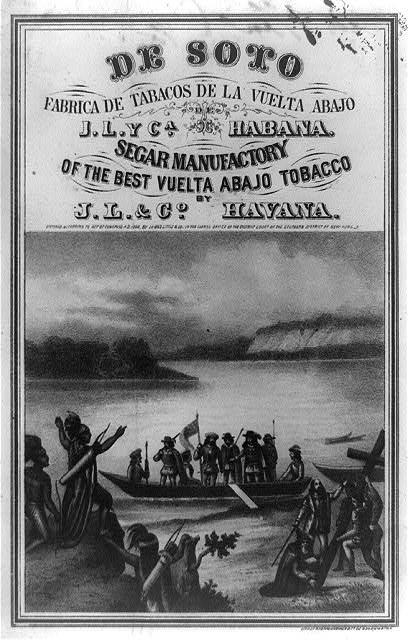
Colonial and antebellum migration to Georgia came overwhelmingly from the British Isles and the western coast of Africa, though a number of northern and western continental Europeans also settled in the state. Unlike many of the northern states along the Eastern Seaboard, Georgia did not attract large numbers of European immigrants during the significant migration era between 1880 and 1920. This demographic stagnation ensured that by 1950 Georgia was overwhelmingly a Black and white state, with relatively few ethnic or cultural distinctions within its racial categories.
The first Spanish-speaking immigrants to arrive in Georgia in substantial numbers were Cuban refugees fleeing either the communist revolution led by Fidel Castro in 1959 or the military regime that preceded it. Living and working almost exclusively within the city of Atlanta, the few thousand Cubans who arrived in the 1950s and 1960s were often professionals with job and language skills that eased their entry into an overwhelmingly native-born, English-speaking society. Though Cubans and a number of other white-collar South American immigrants were the first in Georgia, their arrival was a proverbial drop in the bucket when compared with the flood that would come in later decades.
Hay trabajo en Georgia, 1965-1995
By the mid-1960s, agricultural producers in southern Georgia began transitioning from East Coast migrant African American labor toward immigrant Latin American laborers. Most of these immigrants were Mexicans who had previously worked harvesting food crops in Texas and Florida. During slack times in harvesting oranges, white Georgian farmers began hiring these Mexican laborers to harvest crops. Eventually, many Mexican families settled in southern Georgia permanently, having a noticeable impact in these small rural communities.
Other working-class Latin American immigrants who came to Georgia in the late 1970s were single men who worked temporarily within the state in urban construction, often returning to their families across the Mexican border after short terms of employment. During the 1980s two developments shifted migration patterns toward permanent, family-oriented immigration, and made the South a primary immigrant destination.
The first was the 1986 Immigration Reform and Control Act (IRCA), which tightened security on the border between the United States and Mexico, while granting amnesty to undocumented residents who had entered the United States prior to 1982. Though designed to combat future illegal immigration, the IRCA had the opposite effect, as the militarization of the border encouraged permanent settlement in the United States rather than the frequent temporary visits that had characterized migration in earlier years. Second, of equal importance, the IRCA went hand-in-hand with two economic recessions, one in Mexico and another in the American Southwest, which was previously the destination of most Latino immigrants. As the southeastern economy boomed in the 1980s, Latinos on both sides of the border first heard of work in Georgia (“Hay trabajo en Georgia,” or, “There’s work in Georgia”) through informal immigrant networks and active recruitment by labor-hungry Georgia companies. In this period Latino immigrant employment was predominantly concentrated in a few enclave industries, such as suburban construction outside Atlanta, carpet weaving in Dalton, and poultry processing in Gainesville.
Once again, Atlanta became the predominant destination for new Latino immigrants to Georgia. Settling not within the inner city but in the suburbs, Latinos first found homes in DeKalb and Fulton counties, where inexpensive housing and public transportation were readily available. As Atlanta’s suburbs sprawled outward from the urban core, thousands of Latino immigrants found employment in construction, an industry that had earlier been plagued by labor shortages. Preparation for the 1996 Olympic Games in Atlanta also provided numerous jobs, and the influx of immigrant labor was a boon for city planners, who worried about completing construction projects in time for the games.

Yet Atlanta was not the only area to attract Latino workers and families. The northeast Georgia poultry industry, based in Gainesville and surrounding Hall County, witnessed a massive influx of Latino labor during the 1980s and 1990s, and poultry processing was rapidly transformed from a Black and white industry to one that was almost exclusively Hispanic by the turn of the twenty-first century. The carpet industry in Dalton and Whitfield County underwent a similar transformation, and by the year 2000 Whitfield County’s population had the highest percentage of Latinos in the state.
As their numbers increased, Latinos began to open their own businesses as well. In 1984 the Atlanta Hispanic Chamber of Commerce was created to help facilitate the efforts of Latino entrepreneurs. In 1991 the organization, under the leadership of Sara Gonzalez, became the Georgia Hispanic Chamber of Commerce.
The Making of a Latino Georgia, 1995-Present
By the end of the 1996 Olympics informal family networks were well established across the state, ensuring that immigration would escalate in the following years. Mid-sized Georgia cities like Athens, Augusta, Macon, and Savannah each saw large Latino communities develop in the decade after the Olympics. In dozens of counties across the state Latin American restaurants, tiendas (shops), and supermercados (supermarkets), previously nonexistent, became a common sight.
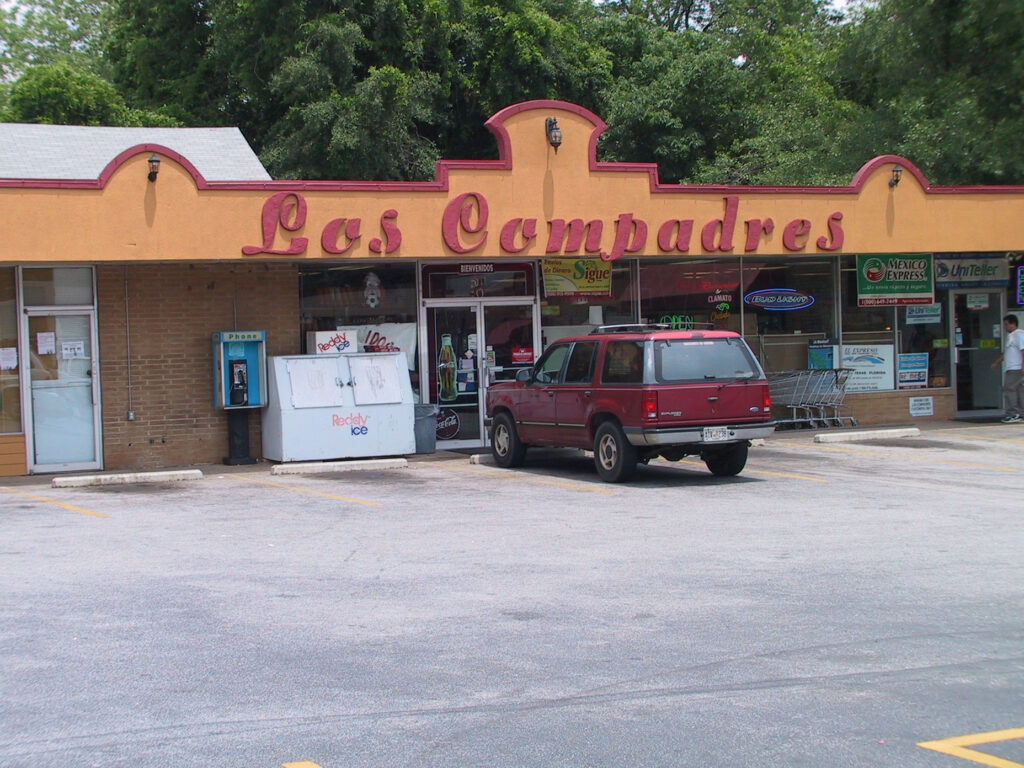
Within older immigrant destinations, clear signs of social mobility have also become apparent. While Atlanta’s DeKalb County continued to attract immigrants into the twenty-first century, Latinos who settled in DeKalb earlier but had prospered over the years began to buy homes in the wealthier counties of Cobb and Gwinnett, leaving behind the immigrant enclaves where they had made their start. In Gainesville hundreds of decidedly middle-class homes were built in 2006 and marketed exclusively to upwardly mobile immigrants who had begun their careers in the city’s poultry plants. Whereas Latinos had previously been contained within a select few industries across the state, by the twenty-first century it was clear that immigrant laborers had entered nearly every large state industry.
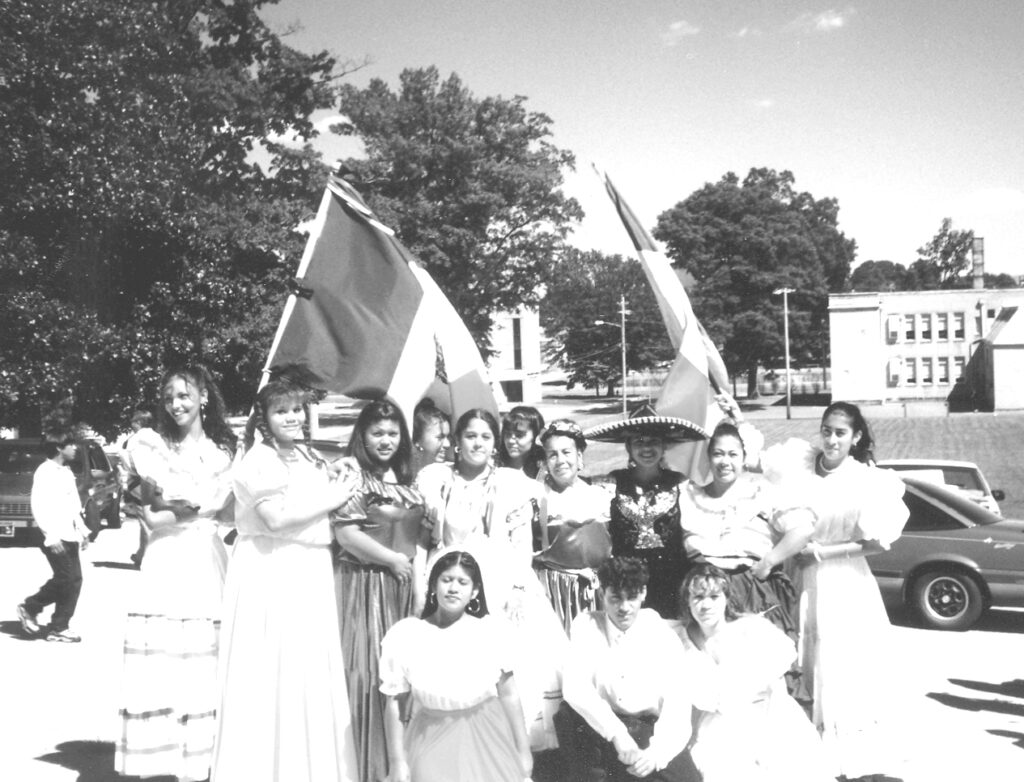
While they were valued and welcomed by their employers, Latinos in Georgia also encountered both subtle and overt resistance from native-born residents. In September 1989 the Ku Klux Klan held an anti-immigrant rally in downtown Gainesville, and the North Georgia Klan remained active in protesting immigration for decades afterward. In 1992 controversy erupted in north DeKalb County after native whites confronted Latino day laborers about soliciting work on city streets, and misunderstandings continued to plague the relations of local police and Latinos across Atlanta. Racial violence has flared up in schools across the state, as have isolated attacks on Latino workers.
Federal enforcement of immigration law and the deportation of undocumented workers hardly ever occurred in the decade after the Olympic games, but crackdowns occurred during economic recessions, when immigrants were placed in competition with native-born workers. Following the September 11, 2001, terrorist attacks in New York City and Washington, D.C., hostility toward immigrants in Georgia markedly increased, and a number of state politicians rose to prominence with anti-immigrant campaigns. As only a minority of recent immigrants were involved in state politics, anti-immigrant voices often went unopposed.
Though much of the native-born resistance is a product of the intolerance and fear that often accompanies demographic upheaval, Georgia’s massive Latino influx has also brought undeniable difficulties and problems. The state’s public schools, long underfunded, have encountered tremendous difficulties in integrating non-English-speaking students, especially in poorer school districts. In Dalton, the efforts of local leaders Erwin Mitchell, a former U.S. congressman, and Robert Shaw, of Shaw Industries, offered one solution to this problem. In 1996 Mitchell and Shaw partnered with educators at the University of Monterrey in Mexico to create the Georgia Project. From 1997 to 2007 this program brought Spanish-speaking teachers to Dalton to assist with the growing Hispanic population in the city’s schools and sent Dalton teachers to Mexico to learn Spanish.

Other infrastructural institutions, such as hospitals and churches, have also been dramatically affected by the large numbers of immigrants making use of their services. Undocumented immigrants, who lack the bargaining power of citizens or resident aliens, are often exploited by management in dangerous jobs in which pay and benefits are low but chances of injury are high. In 2006 the Georgia Latino Forum was created to bring together various organizations with ties to the state’s Latino population. Forum members grapple with such issues as illegal immigration, education, health care, and political engagement.
By 2009 Latino population growth began to slow in some areas of the state, including Dalton and metro Atlanta, mirroring a nationwide trend. In 2009 the foreign-born population in the United States remained statistically unchanged from the previous year, indicating a halt to years of fast-paced growth. Likely explanations for the shift include the passage of the Georgia Security and Immigration Compliance Act, which became effective in July 2007 and requires that state residents demonstrate legal residency status in order to work for a public entity or receive government benefits. This legislation, in conjunction with a national economic downturn in 2008 and increased federal efforts to deport illegal workers, may have discouraged some Latinos from coming to or remaining in Georgia.
While contemporary opponents of immigration often emphasize the negative impacts of demographic change, many others argue that the positive contributions Latino immigrants have brought to Georgia far outweigh such criticisms. Indeed, immigrant labor has revitalized large sectors of the Georgia economy, while Latino spending power constitutes a significant portion of the state’s total. Immigrant cultural contributions, whether in the form of food, music, language, or traditional celebrations, have made Georgia into an undeniably diverse and multiethnic state. Prominent Latino and Latina immigrants in Georgia include philanthropist Elena Diaz-Verson Amos, writer Judith Cofer, and businessman Roberto Goizueta.


